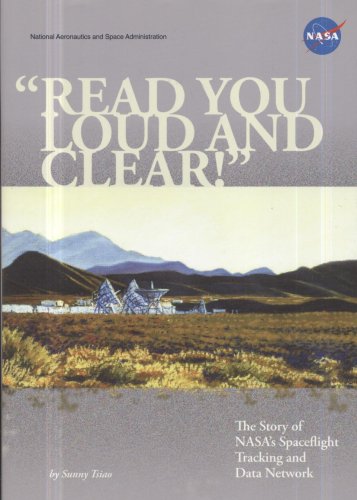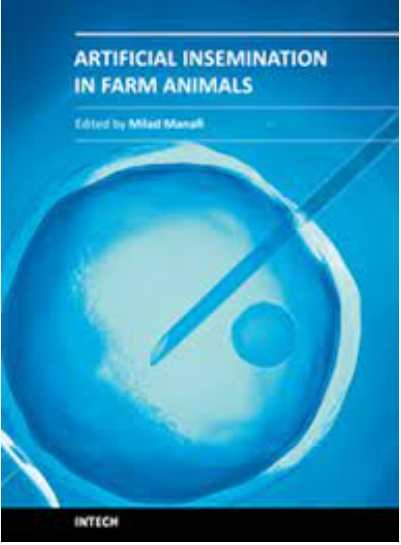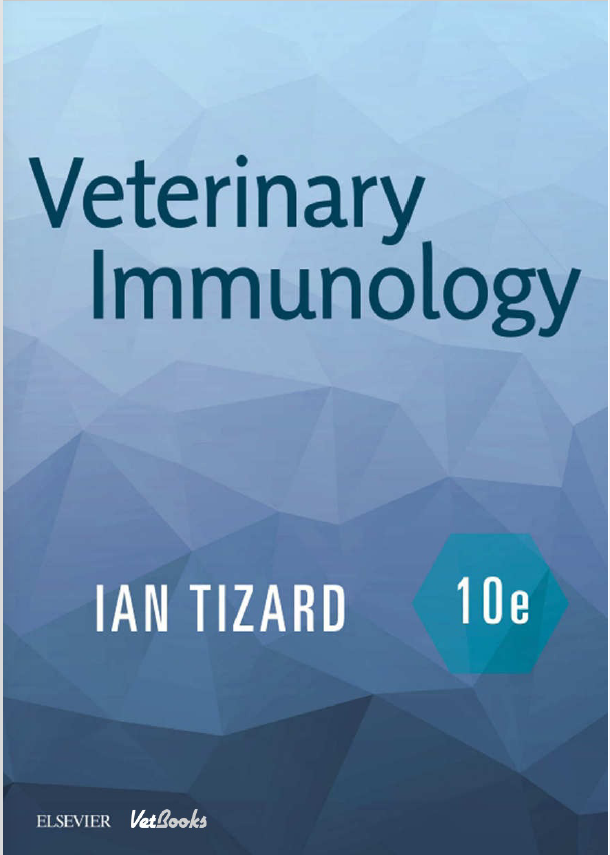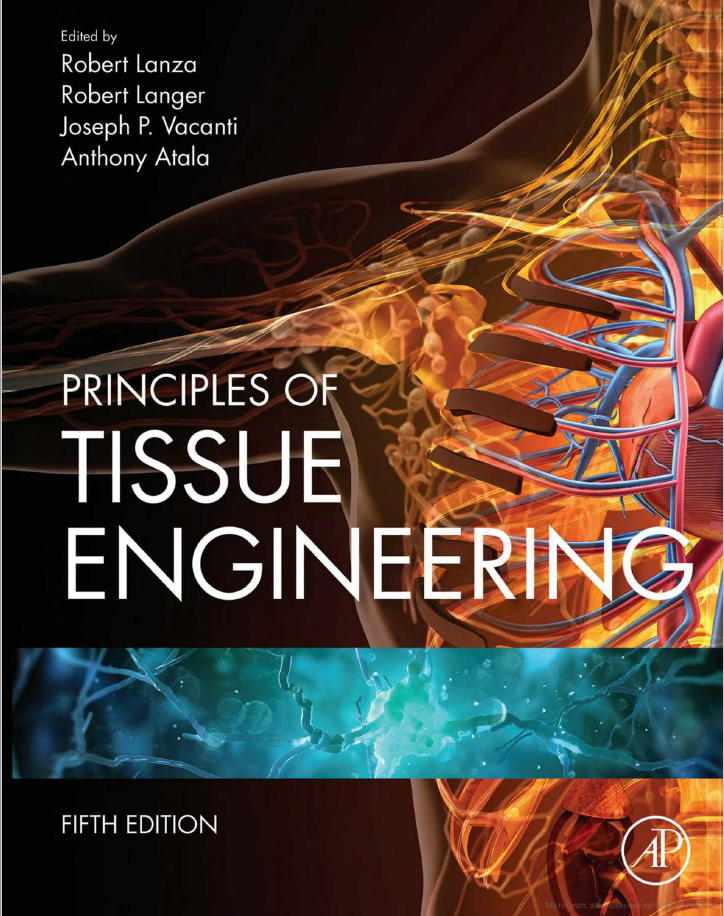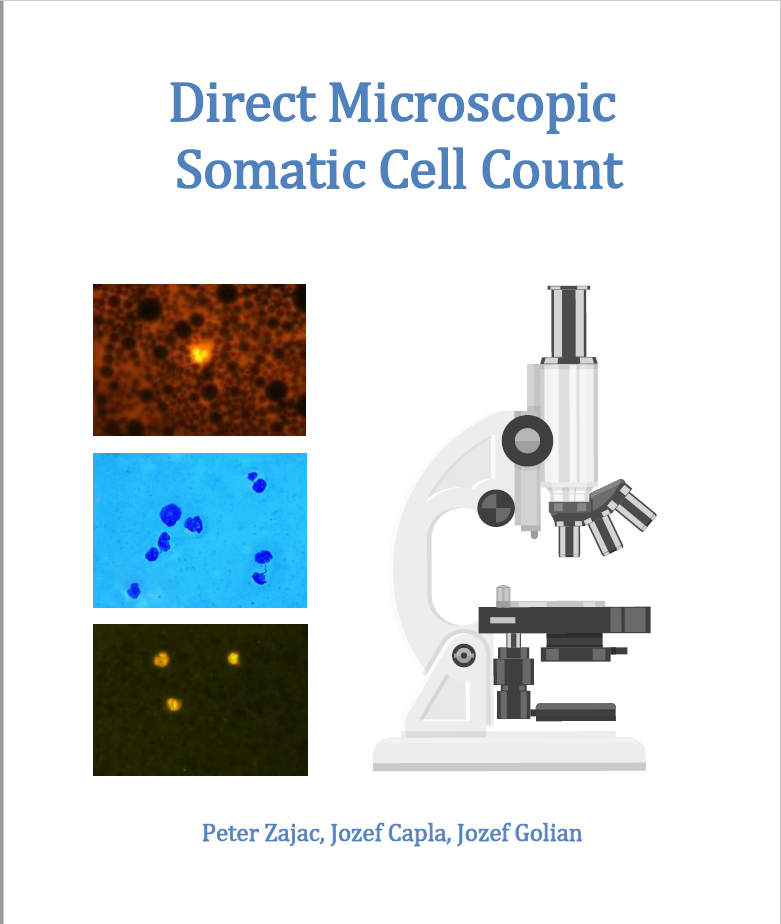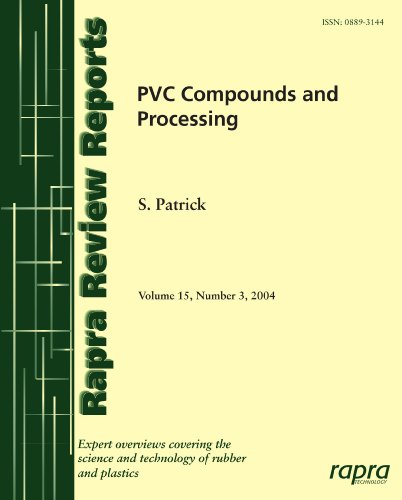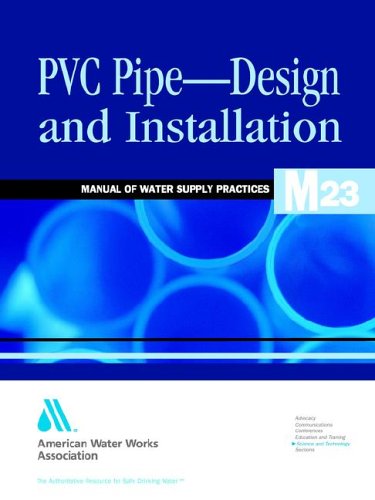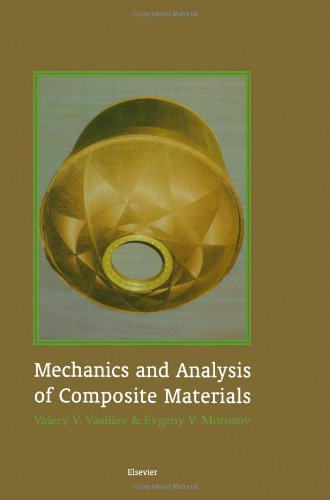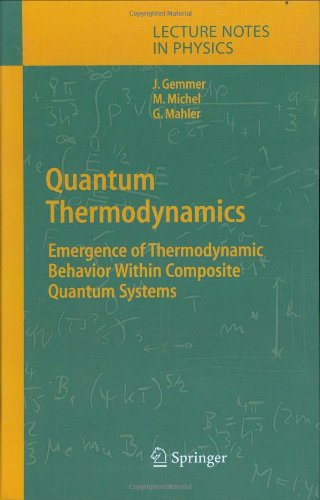موضوعات
آموزش و پرورش
ادبیات و زبان
پزشکی، دندانپزشکی و داروسازی
تاریخ و جغرافیا
داستان و رمان
دیگر
دین و فلسفه
روانشناسی
ریاضیات و آمار
سلامتی، تناسب اندام و رژیم غذایی
شیمی و پلیمر
علوم اجتماعی و حقوق
علوم زیستی و بیوتکنولوژی
فیزیک و نجوم
کامپیوتر و اینترنت
کتابهای کودکان و داستان
کسب و کار و اقتصاد
کشاورزی و دامپزشکی و غذا
معماری
مهندسی و فناوری
هنر و تئاتر
محصولات
''Read you loud and clear!'': the story of NASA'S spaceflight tracking and data network - Original PDF
نویسندگان: خلاصه: Regardless of how sophisticated it may be, no spacecraft is of any value unless it can be tracked accurately to determine where it is and how it is performing.At the height of the space race, 6,000 men and women operated NASA’s Spaceflight Tracking and Data Network at some two dozen locations across five continents. This network, known as the STDN, began its operation by tracking Sputnik 1, the world’s first artificial satellite that was launched into space by the former Soviet Union. Over the next 40 years, the network was destined to play a crucial role on every near-Earth space mission that NASA flew. Whether it was receiving the first television images from space, tracking Apollo astronauts to the Moon and back, or data acquiring for Earth science, the STDN was that intricate network behind the scenes making the missions possible. Some called it the “Invisible Network,” a hallmark of which was that no NASA mission has ever been compromised due to a network failure.Read You Loud and Clear! is a historical account of the STDN, starting with its formation in the late 1950s to what it is today in the first decade of the twenty-first century. It traces the roots of the tracking network from its beginnings at the White Sands Missile Range in New Mexico to the Tracking and Data Relay Satellite System (TDRSS) space-based constellation of today. The story spans the early days of satellite tracking using the Minitrack Network, through the expansion of the Satellite Tracking And Data Acquisition Network (STADAN) and the Manned Space Flight Network (MSFN), and finally, to the Space and Ground Networks of today.Written from a non-technical perspective, the author has translated a highly technical subject into historical accounts told within the framework of the U.S. space program. These accounts tell how international goodwill and foreign cooperation were crucial to the operation of the network and why the space agency chose to build the STDN the way it did. More than anything else, the story of NASA’s STDN is about the “unsung heroes of the space program.”50 Things You're Not Supposed to Know - Original PDF
نویسندگان: خلاصه: Russ Kick has proved himself a master at uncovering facts that ''they'' would prefer you never hear about. The giant Disinformation Guide series edited by Kick has become the definitive place to find revelations about government cover-ups, scientific scams, corporate crimes, medical malfeasance, historical whitewashes, media manipulation, and other knock-your-socks-off secrets and lies. This CD-sized book packs the same powerful punch in a small, attractive package. Among Kick's amazing discoveries, all thoroughly documented: The first genetically modified humans have already been born. Hitler's blood relatives are living in the U.S. The CIA commits over 100,000 serious crimes per year. The U.S. planned to explode an atomic bomb on the moon. An atomic bomb was dropped on North Carolina. The main hero of the movie Black Hawk Down is a convicted child molester. The discoverer of HIV no longer believes the virus is the sole cause of AIDS. Kent State wasn't the only massacre of U.S. college students during the Vietnam era. Lincoln didn't free any slaves. A uniquely valuable tool to debunk modern mythology and the people and institutions serving it up, 50 Things You're Not Supposed To Know makes an amazing gift item and will prove just as essential in fashionable bathrooms as on the most well-heeled coffee tables.ARTIFICIAL INSEMINATION IN FARM ANIMALS - Original PDF
نویسندگان: خلاصه: Artificial insemination is used instead of natural mating for reproduction purposes and its chief priority is that the desirable characteristics of a bull or other male livestock animal can be passed on more quickly and to more progeny than if that animal is mated with females in a natural fashion. This book contains under one cover 16 chapters of concise, up-to-date information on artificial insemination in buffalos, ewes, pigs, swine, sheep, goats, pigs and dogs. Cryopreservation effect on sperm quality and fertility, new method and diagnostic test in semen analysis, management factors affecting fertility after cervical insemination, factors of non-infectious nature affecting the fertility, fatty acids effects on reproductive performance of ruminants, particularities of bovine artificial insemination, sperm preparation techniques and reproductive endocrinology diseases are described. This book will explain the advantages and disadvantages of using AI, the various methodologies used in different species, and how AI can be used to improve reproductive efficiency in farm animals.Veterinary Immunology 10E - Original PDF
نویسندگان: خلاصه: This textbook was first published in 1977, at a time when veterinary immunology was relatively new and poorly understood. Nevertheless, it was recognized, even then, that immunology held the key to many of the significant issues in veterinary medicine. The importance of immunology has not declined since then, except among those tasked with establishing college curricula. The decline in basic science instruction at colleges of veterinary medicine in favor of more clinical training has resulted in graduating a generation of veterinarians whose knowledge of immunology is minimal. Yet immunology continues to be a key science. It is central to our understanding of major veterinary issues such as vaccination, cancer, infectious diseases, and allergies. It has been tempting to dilute the contents of this text and its associated website to conform to current curricular trends. I have resisted this. Because the amount of knowledge of immunology required to obtain a veterinary degree has been progressively reduced, the need to document the science in depth has correspondingly increased. This book therefore continues to grow as the result of opening up new, exciting areas of the science. Veterinarians need to know much of this if they are to practice cutting-edge science in the 21st century. Read it, study it, and enjoy its wonderful complexity. Over the many years that this textbook has been published we have seen many changes in the science of immunology. In most cases, these changes have been gradual in nature as investigators add detail to existing knowledge. Occasionally, however, major leaps are made that effectively revolutionize the discipline—socalled paradigm shifts. For example, in the late 1990s, the concept of innate immunity was accepted. Inflammation and other processes were finally recognized as being essential components of the immune system and the dual innate and adaptive immune systems were shown to complement each other. It is interesting to note that this was not a new discovery but a new way of looking at well recognized processes. This new edition also reflects revolutionary changes in the way we think of immunology. Like the concept of innate immunity, these changes are not a result of a previously unknown process but a belated recognition of something known about since the dawn of microbiology, the body's normal microbiota. New methodologies and intensive studies have revealed that many body processes, especially immunity, are regulated by the diverse microbiota that colonizes all body surfaces. Much of immunology has had to be reassessed in the light of this new knowledge. Both innate and adaptive immunity are regulated by those organisms, especially bacteria, that live in the intestine and respiratory tract and on the skin. Many previously unexplained phenomena have now been shown to depend on the normal microbiota. As a result of this new information, the reader will encounter the microbiota at every turn in this book, plus a completely new chapter on the subject. The second new chapter deals with allergic diseases. For many years, these were readily explained by the production of IgE against allergens. The most recent information, however, has demonstrated that allergies are much more complex than this. For example, atopic dermatitis, one of the most common conditions seen by small animal veterinarians, is likely a syndrome with multiple complex causative factors. As a result, allergic and inflammatory diseases deserve a new chapter. These additions cannot, however, hide the fact that the rest of immunology also continues to move forward. Thus the mechanisms by which the body rejects gastrointestinal helminths has been clarified with the discovery of the importance of tuft cells and interleukin-33. Associated with this has been the recognition of the complex nature of innate lymphoid cells and their subpopulations. Some of these advances can be considered routine, such as the identification of new cell surface molecules and many new cytokines. New disease syndromes such as swine SCID, bovine neonatal pancytopenia, and immune-mediated keratoconjunctivitis are now described, and the pathogenesis of others such as atopic dermatitis, type I diabetes mellitus, equine laminitis, and systemic lupus are shown to be more complex than previously believed. New advances in therapy are covered, including the introduction of immune checkpoint therapy in cancer and the use of monoclonal antibody therapy and intravenous immunoglobulin therapy for immune-mediated diseases. The exciting new developments in the use of nanoparticles in vaccines and as adjuvants are now described. The significant roles of vitamins A and D as well as the aryl hydrocarbon receptor in immunity are also recognized. Advances in basic science that are now discussed include new findings on the structure and genetics of bovine antibodies, epigenetics, RNA interference, microRNA, macrophage polarization, and type 1 and type 2 immune responses. I make no apologies for the size and complexity of this text. Immunology is a complex subject that has a direct bearing on many of the most important areas of veterinary medicine. Students, as well as graduate veterinarians, ignore it at their peril. Finally, readers are strongly encouraged to visit the Evolve website for this text. The site is also constantly evolving and improving. In it you will be able to find a collection of more than 450 multiple-choice questions (with the answers!) keyed to each chapter; a set of flashcards also linked to chapters; all the text figures available as PowerPoint slides; and a collection of animations kindly provided by Dr. Abul Abbas, as well as brand new animations created for this textbook, designed to clarify some complex processes and pathways where still figures are inadequate. All the chapter references are keyed to PubMed. There are also new hand-outs that students can print off and use as a reference, should you wish. It is my hope that these assets will help you remain current in this rapidly expanding and exciting field.Principles of Tissue Engineering Fifth Edition - Original PDF
نویسندگان: خلاصه: Now in its fifth edition, Principles of Tissue Engineering has been the definite resource in the field of tissue engineering for more than a decade. The fifth edition provides an update on this rapidly progressing field, combining the prerequisites for a general understanding of tissue growth and development, the tools and theoretical information needed to design tissues and organs, as well as a presentation by the world’s experts of what is currently known about each specific organ system. As in previous editions, this book creates a comprehensive work that strikes a balance among the diversity of subjects that are related to tissue engineering, including biology, chemistry, material science, and engineering, among others, while also emphasizing those research areas that are likely to be of clinical value in the future. This edition includes greatly expanded focus on stem cells, including induced pluripotent stem (iPS) cells, stem cell niches, and blood components from stem cells. This research has already produced applications in disease modeling, toxicity testing, drug development, and clinical therapies. This up-to-date coverage of stem cell biology and the application of tissue-engineering techniques for food production – is complemented by a series of new and updated chapters on recent clinical experience in applying tissue engineering, as well as a new section on the emerging technologies in the field.Direct Microscopic Somatic Cell Count - Original PDF
نویسندگان: خلاصه: The direct microscopic somatic cell count (DMSCC) is microscopic count of the actual number of somatic cells in milk. A somatic cell is any biological cell forming the body of an organism. In dairy industry, the somatic cell count (SCC) is an indicator of the safety and quality of milk. Mastitis is an inflammation of the udder typically associated with microbial infection. The number of somatic cells increases in response to presence of pathogenic bacteria like Staphylococcus aureus, a cause of mastitis. Somatic cells (SC) are cells from the cow (predominantly white blood cells, otherwise known as leukocytes) that are normally present in milk. During most mastitis infections, the number of leukocytes present in the udder increases to help the cow, goat, ewe, camel, buffalo etc. to fight the infection. The SCC is quantified as cells per milliliter. General agreement rests on a reference range of less than 100,000 SC in ml for uninfected cows and greater than 250,000 SC in ml for cows infected with significant pathogen levels. There are several indirect and direct laboratory methods used for determination of somatic cells count in milk. Routine instrumental laboratory methods like flow cytometry have to be regularly calibrated using reference materials with a known concentration of somatic cells. The concentration of somatic cell count can be determined by reference microscopic method. The first microscopic procedure for examination of milk films was described in 1910 by Prescott and Breed. Staining of somatic cells was later modified by Newman, Lampert, Levowitz, Weber and other researchers. This microscopic method was processed into a normative form by the International Dairy Federation and later by International Standard Organisation. There are several possibilities to stain somatic cells. Somatic cells can be stained by dipping the dried smear on the slide in the modified Newman-Lampert methylene blue stain solution (cow’s milk and ewe’s milk) or methyl green-pyronin Y stain solution (goat’s milk) or by mixing the milk in reagent tube with ethidium bromide stain solution (milk from all species). Subsequently, the microscopic slide with fixed smear and stained cells is examined using a microscope or epifluorescence microscope with immersion oil objective at magnification 500× to 1000×. Somatic cells are counted in several microscopic fields. Consequently, the somatic cells count is calculated using one of several mathematical formulas listed in international standard. The direct microscopic somatic cell count method is suitable for precise laboratory analysis of somatic cell in raw milk. However, this microscopic method has some limitations that may influence the results of analysis. This book contains the theoretical and practical information about this laboratory method.PVC Compounds and Processing - Original PDF
نویسندگان: خلاصه: This overview covers the basics of PVC formulation and processing, while extending the information to include the latest developments in materials and technology. PVC processing technologies and fabrication and treatment of PVC are reviewed. Over 400 references from recent literature are cited in the review, which is accompanied by abstracts from the Rapra Polymer Library database, to facilitate further reading.Mechanics and Analysis of Composite Materials - Original PDF
نویسندگان: خلاصه: This book is concerned with the topical problems of mechanics of advanced composite materials whose mechanical properties are controlled by high-strength and high-stiffness continuous fibers embedded in polymeric, metal, or ceramic matrix. Although the idea of combining two or more components to produce materials with controlled properties has been known and used from time immemorial, modern composites have been developed only several decades ago and have found by now intensive application in different fields of engineering, particularly, in aerospace structures for which high strength-to-weightand stiffnessto-weight ratios are required.Quantum thermodynamics: emergence of thermodynamic behavior within composite quantum systems - Original PDF
نویسندگان: خلاصه: This extended tutorial essay views thermodynamics as an incomplete description of quantum systems with many degrees of freedom. The main goal is to show that the approach to equilibrium - with equilibrium characterized by maximum ignorance about the open system of interest - neither requires that many particles nor is it a precise way of partitioning relevant for the salient features of equilibrium and equilibration. Moreover it is indeed quantum effects that are at work in bringing about universal thermodynamic behaviour of modestly sized open systems. Von Neumann`s concept of entropy thus proves to be much more widely useful than something to be feared, and far beyond truly macroscopic systems in equilibrium.آیا کتاب مورد نظر هنوز بر روی سایت قرار نگرفته است؟ جای نگرانی نیست! کافی است بر روی گزینه سفارش کتاب کلیک کرده و درخواست خود را ثبت کنید. در کمتر از چند ساعت کتاب شما را آماده خواهیم کرد.
